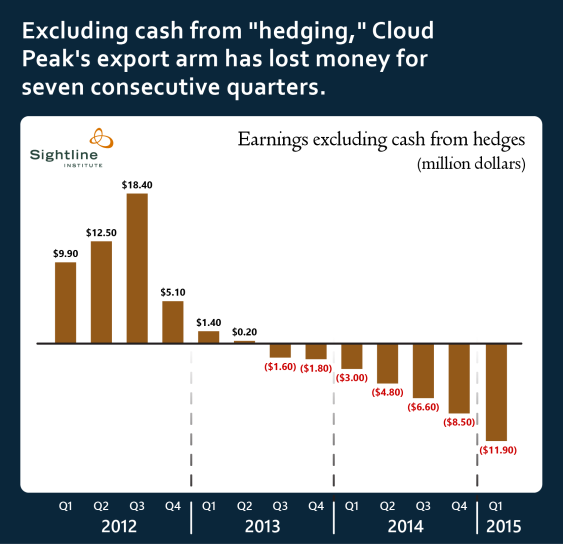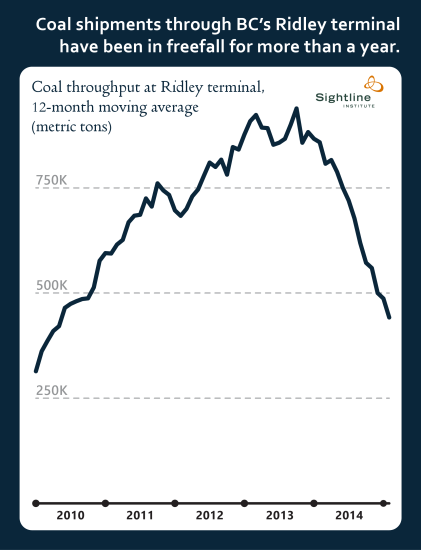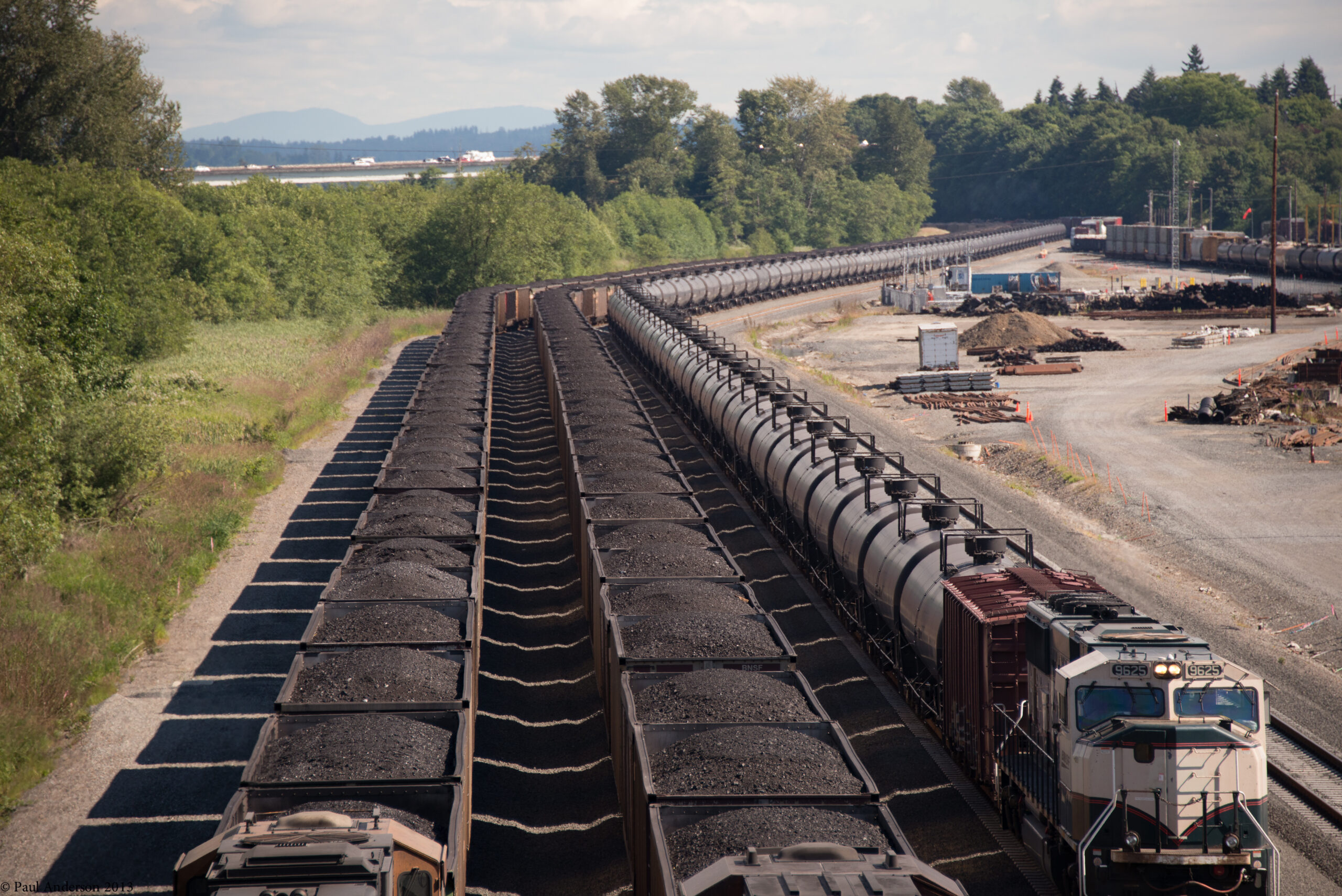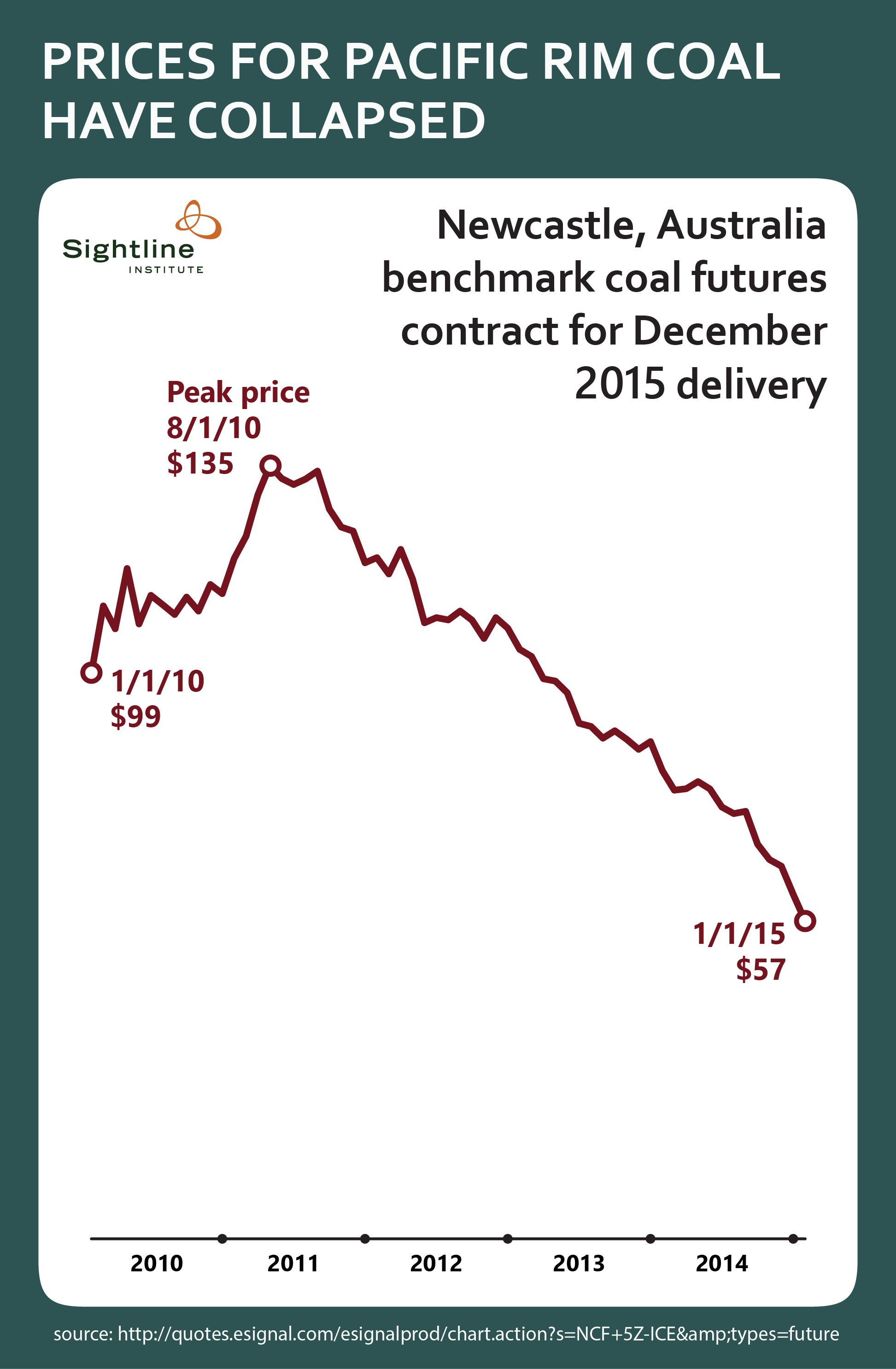In case you missed the news, Ambre Energy—the Australian firm behind two of the three remaining coal export projects in the Pacific Northwest—is selling its North American coal business to the company’s largest creditor, a risk-hungry private equity firm called Resource Capital Funds. Ambre will realize just $18 million from the sale, even though it claimed as recently as last fall that its North American coal assets were worth between $200 and 400 million.
Over the past several days, we’ve started to see Ambre Energy’s PR strategy emerge: the firm’s North American executives are now crowing with delight that their operations are being unloaded at fire sale prices! After all, they now say, handing your business over to your creditors is a sign of financial strength, not weakness. So a story in the Longview Daily News quotes Bill Chapman, CEO of Ambre’s Millennium Bulk Terminal project, spinning the sale by saying, “The news is all good,” and implying RCF’s purchase shows that investors remain excited about the financial prospects for coal exports. And Everett King, president and CEO of Ambre Energy North America, bragged: “Their interest is validation: RCF likes the projects.”
This raises a question: Is RCF’s purchase of Ambre’s coal operation really a sign of financial strength for the company’s coal export plans?
I think the best way to answer that question is simply to quote from Ambre’s own financial disclosures—which show that the firm was running out of money, laden with debt, and had no reasonable hope of raising capital before it defaulted on its loans from RCF. [prettyquote align=right]Ambre was running out of money, laden with debt, and had no reasonable hope of raising capital before it defaulted on its loans.[/prettyquote]
More importantly, the company had been trying since 2012 to raise money from anyone other than RCF. The company even tried to raise money by selling off individual assets. Yet Ambre found no audience for its overtures: no buyers, no lenders, and no new source of capital. Finally, this past July, RCF cut Ambre off, refusing to provide them with any more money…a move that set up Ambre for the financial crisis it now faces.
In short, Ambre is selling its North American operations because the firm is deep in debt and out of options, and is essentially handing over its assets to its chief creditor in lieu of declaring bankruptcy.
Read more












